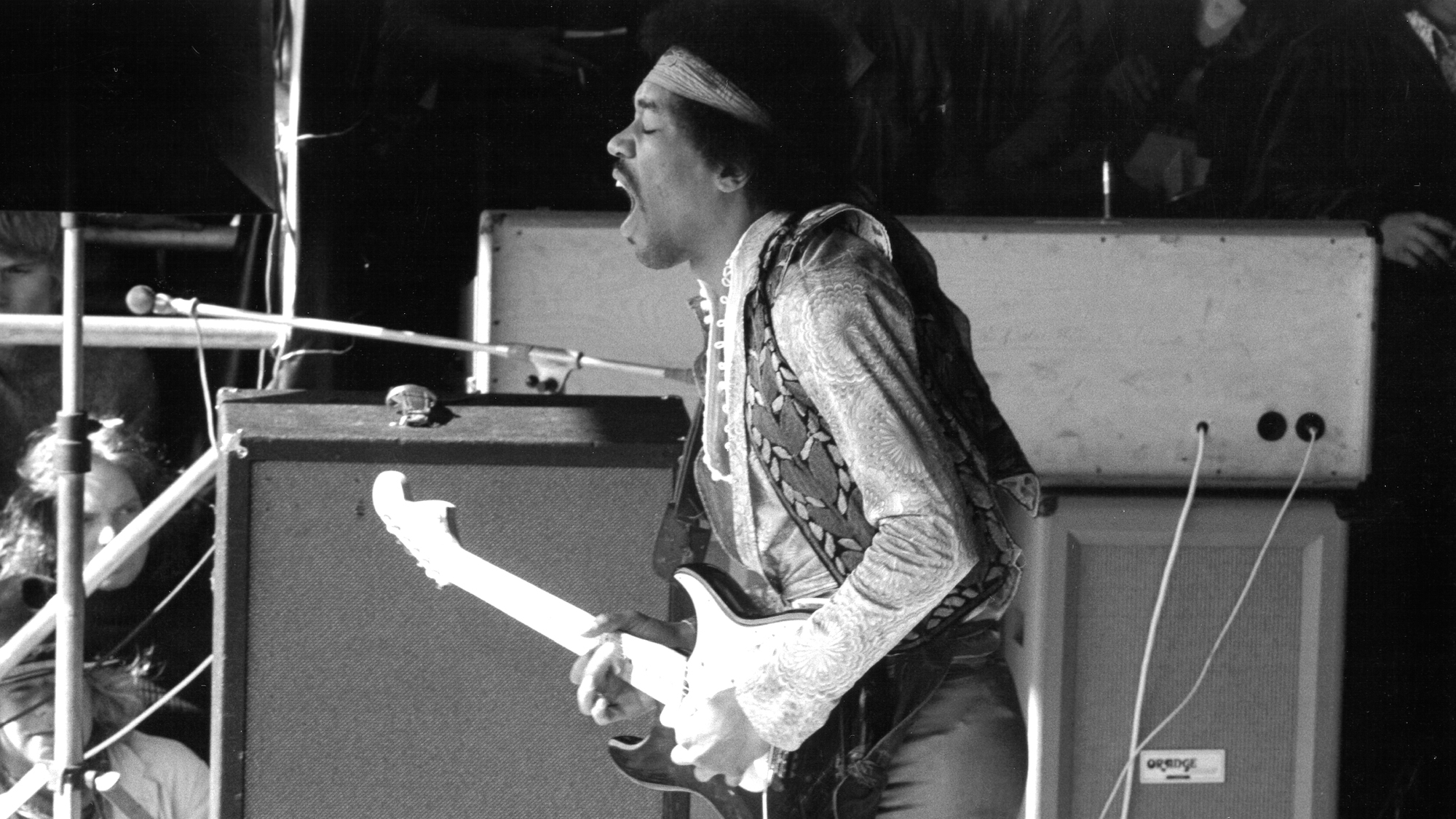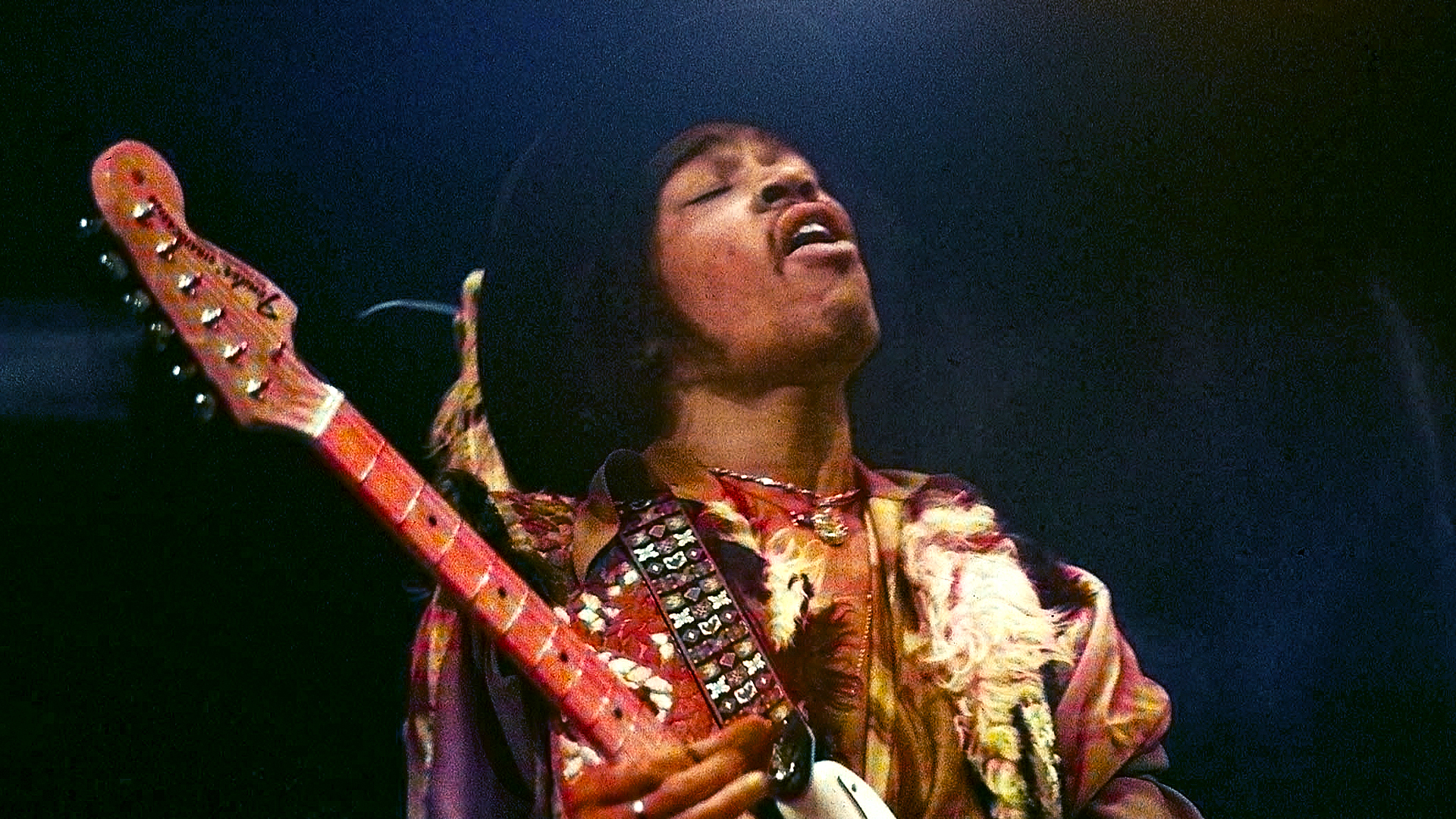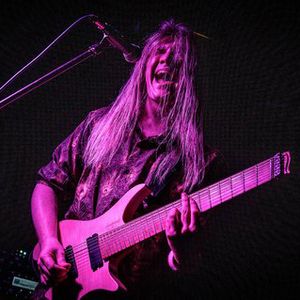“I was surprised he practiced so much — he was actually that good”: Why this rare clip of Jimi Hendrix in his early years proves he was always destined for greatness
He was a mere sideman during a televised Buddy & Stacey performance in 1965, but even if the camera neglected him, his talents do not

When someone utters the name Jimi Hendrix, minds are instantly cast to Are You Experienced, Electric Ladyland, and that Monterey Pop Festival performance. Although Hendrix’s time at the summit of the guitar-playing hierarchy was short he died just three years after Are You Experienced — he’d spent years as an anonymous sideman for many acts before then.
After the Isley Brothers had brought them under their wing, he went on to play with Ike & Tina Turner, Wilson Pickett, and Little Richard, who ultimately fired him for an apparent preference for girls over professionalism. And that’s just naming a few of the many stars he worked with.
To those who simply want to fawn over the guitarist at the height of his powers, those embryonic years are a mere footnote in his history. But they were vital experiences that shaped him into the world-beater he would become.
Unfortunately, recordings of Hendrix’s pre-fame days — when he typically traded licks as James Marshall — are as common as rocking horse droppings. Yet one survives. It’s from 1965, with Hendrix as the backing guitarist for the singing and dancing duo Buddy & Stacey as they performed on the TV show Night Train.
Hendrix’s screen time is limited to the occasional cameo as his head pokes out at left on the screen, behind the duo. They're center stage while the guitarist is sandwiched between the drummer and another guitarist, standing in front of a Fender amp.
The band's take on Junior Walker's :Shotgun" is fairly tame until the 1:20 mark when, beneath the lead lines of their saxophonist, Hendrix starts to dig in. He starts to riff in a trade-off with the sax, a bite coming out of his guitar — a right-handed Fender flipped the other way around — as he reluctantly keeps one foot on the brakes, despite sounding like it's the last thing he wants to do.
In a recent conversation with Guitar World, Ernie Isley, who spent several years looking up to the man his family welcomed into their home in the early ‘60s, says he knew they’d found a guitar player like no other.
All the latest guitar news, interviews, lessons, reviews, deals and more, direct to your inbox!
“If you asked me, ‘Who’s the best player out there?’ I’d say, ‘Jimi Hendrix.’ But not because of what’s in your headphones blasting left to right, but because of what I heard him play in my living room without an amplifier,” he says.
Hendrix needed a place to stay when the band hired him in ‘61 and so he moved into a spare room in the Isley’s home.
The pair were sitting on a couch together when they saw the Beatles' explosive Ed Sullivan showcase in ’64, which caused panic from their bandleader.
“There was a thunderclap in our house,” Isley recalls. “A few days went by, and there was a band meeting in our house, and my eldest brother, O’Kelly, took the floor and said, ‘Everything’s changed. This English group, the Beatles, isn’t all hype. In terms of rock and roll music, I don’t think we’ll be all right.’”

Jeff Beck would come to share a similar sentiment about Hendrix when he first arrived in the UK. But Isley somehow knew that Hendrix would survive the shake-up the Fab Four gave America.
“Since he was in the house, he was always playing; he practiced a lot,” he says. “I was surprised he practiced so much because he was actually that good. But he practiced before rehearsal, during rehearsal, after rehearsal, on off days, and during Saturday cartoons.”
Bill Frisell, who first saw Hendrix in 1968, described him as “shocking,” having impressed The Monkees by playing the guitar with his teeth one year earlier.
He was the real deal by the time Are You Experienced? changed the face of guitar music in 1967, the days his cut his teeth as a sideman paving the way for stardom. Tragically, he wasn't around long enough to witness the sea change he caused.
A freelance writer with a penchant for music that gets weird, Phil is a regular contributor to Prog, Guitar World, and Total Guitar magazines and is especially keen on shining a light on unknown artists. Outside of the journalism realm, you can find him writing angular riffs in progressive metal band, Prognosis, in which he slings an 8-string Strandberg Boden Original, churning that low string through a variety of tunings. He's also a published author and is currently penning his debut novel which chucks fantasy, mythology and humanity into a great big melting pot.

